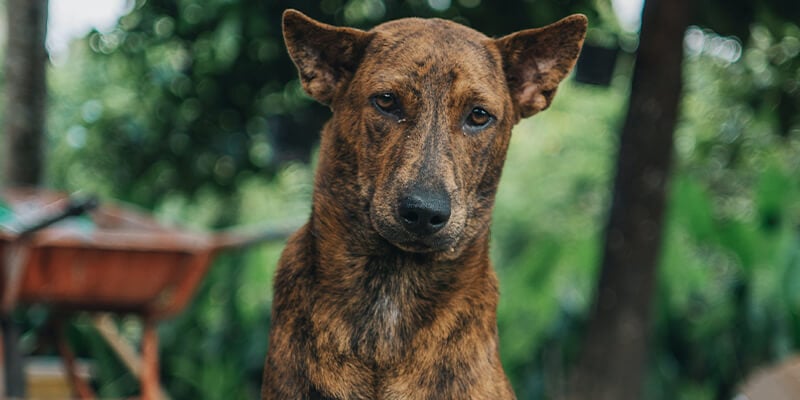After Defending Pigs, West Bengal Stands Up for Rodents and Other Small Animals, Banning Cruel Glue Traps in Response to PETA India Appeal
Following an appeal by PETA India, the Directorate of Animal Resources and Animal Health, West Bengal, has asked that necessary action be taken by the deputy director of animal resources and development and parishad officer of all districts to prohibit the manufacture, sale, and use of glue traps in the state. The circular cites advisories issued by the Animal Welfare Board of India calling for restrictions on these devices for rodent control. The move comes on the heels of another circular issued by the West Bengal government prohibiting the manufacture, sale, and use of severely restrictive gestation and farrowing crates in pig farming following an appeal by PETA India.
PETA India drew the West Bengal government’s attention to the indiscriminate nature of deadly glue traps, which catch not only rodents but also other small “non-target” animals, including birds, squirrels, reptiles, and frogs, causing them excruciating pain and leading to a slow, torturous death. Similar circulars prohibiting the manufacture, sale, and use of glue traps have previously been issued by the governments of Andhra Pradesh, Chhattisgarh, Goa, Himachal Pradesh, Karnataka, Madhya Pradesh, Meghalaya, Mizoram, Sikkim, Tamil Nadu, and Telangana.
The use of glue traps, which causes unnecessary suffering to animals, is a punishable offence under Section 11 of The Prevention of Cruelty to Animals Act, 1960. Usually made of plastic trays or sheets of cardboard covered with strong glue, the traps pose a danger to any animal who may cross their path. The use of glue traps is also in violation of the Wild Life (Protection) Act, 1972, which prohibits the “hunting” of protected indigenous species. Mice, rats, and other animals caught in these traps can die of hunger, dehydration, or exposure after days of prolonged suffering. Others may suffocate when their noses and mouths become stuck in the glue, while some even chew through their legs in a desperate bid for freedom and die from blood loss. Those found alive may be thrown away along with the trap or may face an even more traumatic death, such as by bludgeoning or drowning.
The best way to control rodent populations is to make the area unattractive or inaccessible to them: eliminate food sources by keeping surfaces and floors clean, storing food in chew-proof containers, and sealing trash cans, and use ammonia-soaked cotton balls or rags to drive rodents away. (They hate the smell.) After giving them a few days to leave, seal entry points using foam sealant, steel wool, hardware cloth, or metal flashing. Rodents can also be removed using humane cage traps but must be released where they will find adequate food, water, and shelter to help them survive.





